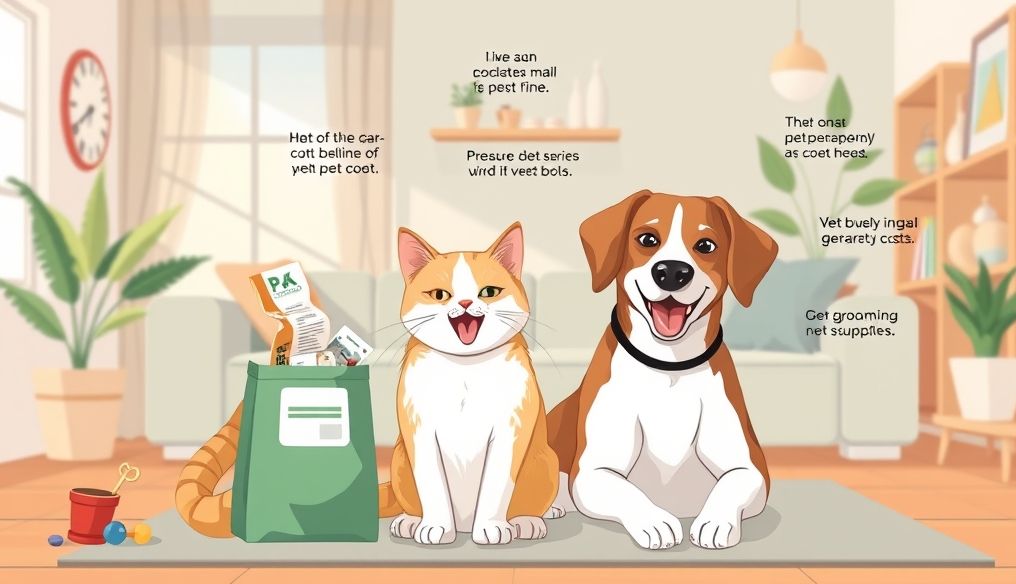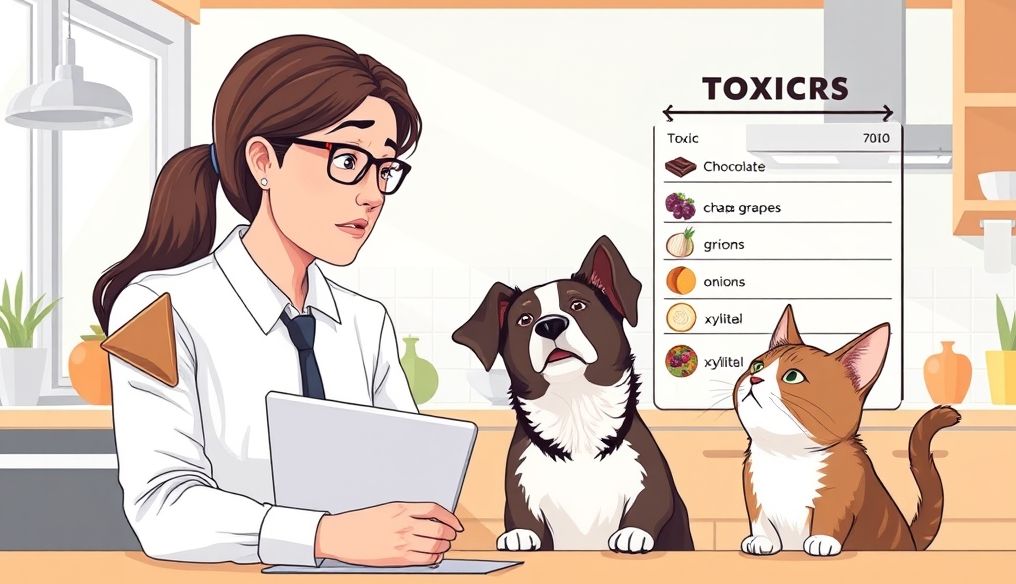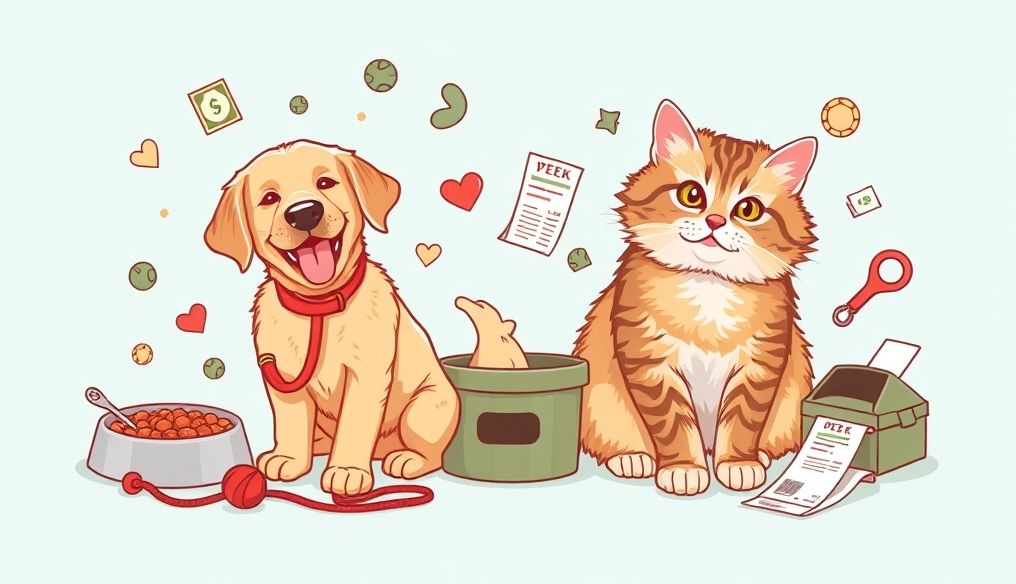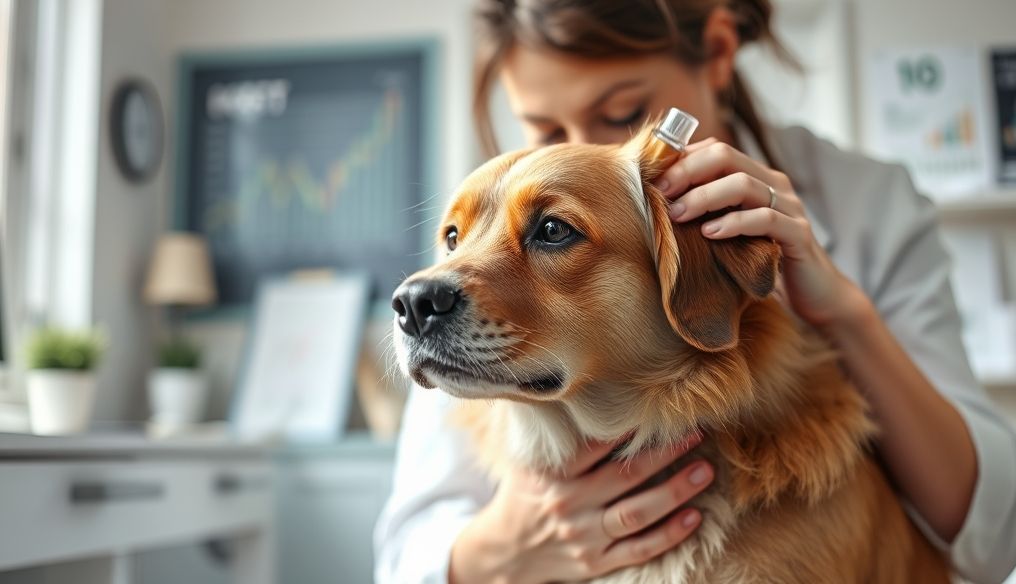What are the Real Costs of Owning a Cat or Dog, and How Do You Plan for Them?
Owning a pet, whether a cat or a dog, is a decision that brings happiness and companionship. However, before taking this step, it's essential to understand the financial costs involved, which go beyond just the purchase or adoption price. This article will detail all the expected expenses, from healthcare and nutrition to training and entertainment, to help you plan realistically and sustainably.
Chapter 1: Initial Costs - More Than Just the Purchase Price
When considering owning a cat or dog, the first thing that comes to mind is the purchase price or adoption fees. But this is just the beginning. There are several other initial costs to consider:
- Adoption or Purchase Fees: These fees vary greatly depending on the breed and location (shelter, private breeder, pet store).
- Initial Vaccinations: Necessary to protect your pet from common and deadly diseases.
- Initial Veterinary Checkup: To ensure the pet is healthy and to detect any underlying health problems.
- Licensing and Registration: In many cities and countries, pets must be licensed and registered.
- Microchip: Helps recover your pet if it gets lost.
- Spaying or Neutering: Reduces the risk of certain diseases and prevents unwanted pregnancies.
- Basic Supplies: Including food and water bowls, bed, collar or harness, leash, litter box (for cats), toys, brush.
Example: Adopting a cat from a shelter may cost $50-150, while buying a cat of a specific breed may cost $500-2000. For dogs, adoption fees may range from $100-300, while purebred dogs can cost thousands of dollars.
Chapter 2: Ongoing Healthcare - Investing in Your Pet's Health
Healthcare is one of the biggest ongoing expenses of owning a pet. These expenses include:
- Routine Veterinary Checkups: Once or twice a year to ensure your pet's health and detect any problems early.
- Regular Vaccinations: To maintain your pet's immunity against diseases.
- Parasite Prevention: Such as fleas, ticks, and heartworms.
- Treatment of Diseases and Injuries: May include medications, surgery, and hospitalization.
- Pet Health Insurance: Can help cover unexpected healthcare costs.
Statistic: According to the American Society for the Prevention of Cruelty to Animals (ASPCA), the average annual healthcare cost for cats is $200-400, while the average annual healthcare cost for dogs is $700-1600.
Chapter 3: Nutrition - Fueling Your Pet's Happiness and Health
Good nutrition is essential for your pet's health and well-being. Nutrition costs include:
- Food: You should choose high-quality food that suits your pet's age, size, and activity level.
- Treats: Can be used for training or as a simple reward.
- Supplements: May be necessary for some pets with specific health problems.
Tip: Compare different food brands and read labels carefully to make sure you are choosing a healthy and nutritious food. Cheap food in the short term may be expensive in the long term if it leads to health problems.
Chapter 4: Training and Behavior - Building a Strong Relationship with Your Pet
Training is important for both dogs and cats, as it helps build a strong relationship between you and your pet and improves their behavior. Training costs include:
- Obedience Classes: For dogs, helps teach basic commands and good behaviors.
- Litter Box Training: For cats, essential to keep the house clean.
- Behavioral Consultation: If your pet has specific behavioral problems.
Example: A basic dog obedience training course may cost $100-300. Behavioral consultation may be more expensive, especially if the problem is complex.
Chapter 5: Grooming and Care - Keeping Your Pet Looking and Feeling Good
Regular grooming and care are essential to keep your pet looking and feeling good. These expenses include:
- Bathing: As needed, can be done at home or at a pet salon.
- Nail Trimming: Regularly trim nails to prevent injuries.
- Teeth Cleaning: To maintain oral health and prevent gum disease.
- Brushing: To remove shed hair and prevent tangles.
Tip: Learn how to do some of these tasks yourself to save money. There are many resources available online that can help you.
Chapter 6: Toys and Entertainment - Keeping Your Pet Happy and Active
Pets need toys and entertainment to stay happy and active. These expenses include:
- Toys: You should provide a variety of toys to keep your pet entertained.
- Scratching Posts: For cats, helps maintain nail health and satisfy the scratching instinct.
- Walking and Running: For dogs, necessary to maintain their physical fitness.
- Visiting Pet Parks: An opportunity for dogs to interact with other dogs.
Tip: Don't buy expensive toys. Many simple toys can be made at home using recycled materials.
Chapter 7: Travel and Accommodation - What to Do When You Travel?
If you are traveling, you will need to think about how to care for your pet. These expenses include:
- Staying at a pet-friendly hotel: May be more expensive than regular hotels.
- Hiring a pet sitter: To care for your pet in your home while you are away.
- Staying at a pet hotel (Kennel): A good option if you don't have someone to care for your pet.
- Air Travel Costs: If you are traveling with your pet.
Tip: Plan ahead and book a place for your pet early, especially during peak seasons.
Chapter 8: Emergency Expenses - Be Prepared for the Unexpected
No matter how careful you are, unexpected things can happen. It is important to be prepared for emergency expenses, such as:
- Emergency visits to the vet: Can be very expensive.
- Damage caused by your pet: You may need to repair or replace things that your pet has damaged.
- Losing your pet: You may need to pay a reward to find it.
Tip: Create an emergency fund to cover these unexpected expenses.
Chapter 9: How to Plan Your Pet's Budget?
Now that you know all the potential costs of owning a cat or dog, how can you plan your pet's budget?
- Estimate Initial Costs: Calculate all the expenses you will incur at the beginning.
- Create a Monthly Budget: List all the expected monthly expenses, such as food, healthcare, and toys.
- Track Your Spending: Monitor your spending regularly to make sure you are sticking to your budget.
- Look for Ways to Save Money: Compare prices, buy in bulk, and learn how to do some tasks yourself.
- Be Prepared for Emergency Expenses: Create an emergency fund to cover unexpected expenses.
Chapter 10: Is Owning a Pet Worth It?
Despite the significant financial costs, most pet owners believe it is worth it. The emotional and psychological benefits of owning a pet are priceless. Pets provide companionship, unconditional love, help reduce stress, and improve overall health. If you are willing to take on the financial and emotional responsibility of owning a pet, you will get a loyal friend for life.
Disclaimer: The information contained in this article is for informational purposes only and should not be considered financial or medical advice. Please consult a qualified professional before making any decisions regarding your pet.




